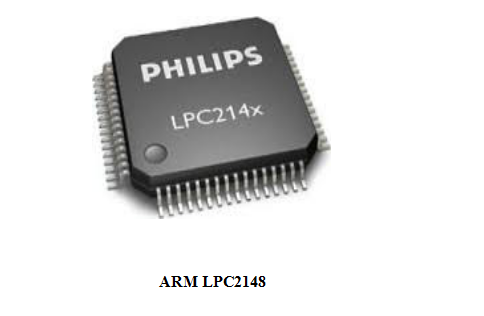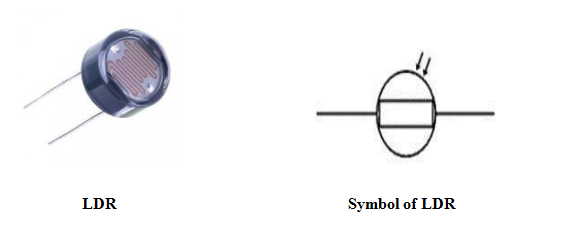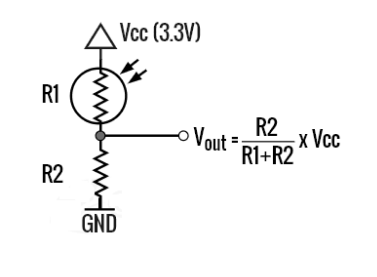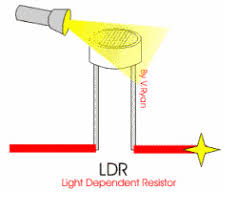


Variation in resistance with changing light intensity

Applications
/* Name : main.c
* Purpose : Source code for LDR Interfacing with ARM LPC1248.
* Author : Gemicates
* Date : 2018-09-02
* Website : www.gemicates.org
* Revision : None
*/
#include<lpc214x.h> // header file for LPC21XX series
#define LCD (0xff<<16)
#define RS (1<<13) // register select pin
#define RW (1<<14) // read write pin
#define EN (1<<15) // enable pin
#define LED (1<<31)
void delay_fv(unsigned int x,int y);
void lcd_display(unsigned int x);
void cmd(unsigned char m);
void lcd_ini();
void lcd_str(unsigned char *x);
void adc_ini();
unsigned long int adc_data();
int main()
{
unsigned int val;
PINSEL0=0X00000000; // select PORT0 as GPIO mode
IO0DIR=0XFFFFFFFF; // make PORT0 pin as Output mode
VPBDIV=0x02;
adc_ini();
lcd_ini();
while(1) // Repeat(loop) forever
{
cmd(0x80); // clear screen
lcd_str("LIGHT INT: ");
val=adc_data();
lcd_display(val);
if(val>800)
{
lcd_str("LOW ");
IO0SET = LED;
}
else
{
lcd_str("HIGH");
IO0CLR = LED;
}
}
}
void delay_fv(unsigned int x,int y) // Time delay function in milli seconds
{
unsigned int i,j;
for(i=0;i<x;i++)
for(j=0;j<y;j++);
}
void lcd_display(unsigned int x) // Function to send data to LCD
{
IO0CLR|=(RS|RW|EN|LCD);
IO0SET|=(x<<16);
IO0SET|=RS;
IO0CLR|=RW;
IO0SET|=EN;
delay_fv(100,200);
IO0CLR|=EN;
delay_fv(10,10);
}
void cmd(unsigned char m) // Function to send command to LCD
{
IO0CLR|=(RS|RW|EN|LCD);
IO0SET|=(m<<16);
IO0CLR|=RS;
IO0CLR|=RW;
IO0SET|=EN;
delay_fv(100,10);
IO0CLR|=EN;
delay_fv(100,10);
}
void lcd_ini() // Funtion to Initialize LCD
{
cmd(0X38); // for using 8-bit 2 row mode and 5x7 Dots of LCD
cmd(0X0C); // turn display ON for cursor OFF
cmd(0X06); // display ON
cmd(0X01); // clear screen
cmd(0X80); // clear screen
}
void lcd_str(unsigned char *x) // Function to display in LCD
{
while(*x!='\0')
{
lcd_display(*x);
x++;
}
}
void adc_ini()
{
AD0CR = 1<<21; // A/D is Operational
AD0CR = 0<<21; // A/D is in Power Down Mode
PINSEL1 = 0x01000000; // P0.28 is Configured as Analog to Digital Converter Pin AD0.1
AD0CR = 0x00200802; // CLKDIV=4,Channel-0.1 Selected,BURST=0,EDGE=0
}
unsigned long int adc_data()
{
unsigned long rec;
AD0CR |= (1<<24); // Start Conversion
while(!(AD0GDR & 0x80000000));
/*Wait untill the DONE bits Sets*/
rec = AD0GDR;
AD0CR &= ~0x01000000; // Stops the A/D Conversion
rec = rec >> 6; // data is present after 6 bit
rec = rec & 0x3FF; // Clearing all other Bits
return (rec);
}
